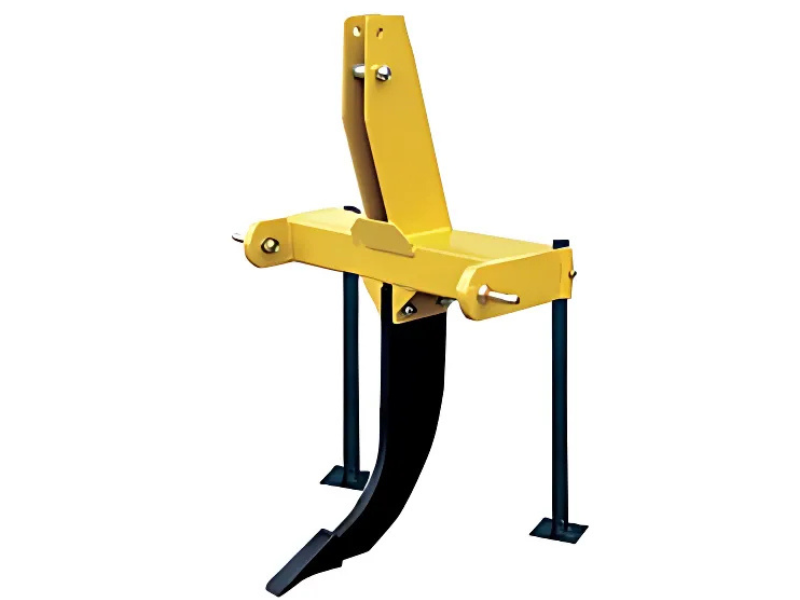
In heavy earthmoving and mining operations, achieving optimal ground penetration is a fine balance between machine power, tool configuration, and operator skill. Among the many variables, ripper angle settings play a critical role in how efficiently a Single Shank Ripper can break through tough surfaces like compacted soil, frozen ground, or hard rock.
If you’ve ever wondered why two identical machines can yield drastically different ripping results, the answer often lies in the ripper’s setup—specifically, the angle at which the shank meets the ground.
A Single Shank Ripper is designed for maximum penetration into extremely tough materials. Unlike multi-shank rippers that spread force across several points, a single shank concentrates all the machine’s ripping power into one robust tooth. This makes it ideal for:
Breaking up hardpan or shale layers
Ripping frozen ground before excavation
Loosening compacted clay or asphalt
Pre-blasting preparation in mining
Because the shank is the sole point of attack, every degree of its angle matters. Too steep, and the tip may stall or overload the machine. Too shallow, and you might skim the surface without reaching the desired depth.
The ripper angle determines how the tooth engages with the material. When set correctly, the tooth penetrates deeply with minimal resistance, optimizing fuel efficiency and reducing wear. Incorrect angles can lead to:
Excessive wear on the shank and tooth
Reduced penetration into the material
Higher fuel consumption due to machine strain
Unnecessary stress on hydraulic systems
Simply put, angle adjustment is not just about performance—it’s also about cost control and equipment longevity.
Different ground conditions require different settings. For instance:
Frozen ground or hard rock: Steeper angle to punch through surface hardness.
Compacted soil or clay: Slightly shallower angle for smoother penetration and reduced drag.
A high-horsepower bulldozer can handle steeper angles without stalling, while smaller dozers may require shallower settings to maintain continuous ripping.
A worn tooth reduces penetration regardless of angle. Regular inspection and timely replacement ensure the ripper angle delivers maximum impact.
An experienced operator knows when to adjust the angle mid-operation to match changing ground conditions, especially in mixed soil or layered rock.
Start at Manufacturer Recommendations
Most equipment manufacturers provide baseline angle guidelines for the Single Shank Ripper. These are great starting points that can be fine-tuned in the field.
Adjust Gradually
Small adjustments—just a few degrees—can significantly change penetration depth and resistance. Avoid drastic changes without testing.
Match Angle to Depth Goals
If the goal is deep ripping, set a steeper angle. For surface loosening, opt for a shallower setup.
Monitor Machine Feedback
Listen to the engine load, watch the hydraulic pressure, and feel for excessive vibration. These signs indicate whether the angle is working efficiently.
Adapt to Changing Conditions
Ground composition can vary within a single job site. Adjust the ripper angle as needed instead of sticking to one static setting.
Even the perfect ripper angle won’t deliver results if the ripper itself is in poor condition. Follow these maintenance practices:
Inspect the tooth daily for chips, cracks, or excessive wear.
Lubricate pivot points to ensure smooth angle adjustments.
Check hydraulic components for leaks or irregular pressures.
Replace worn shanks or teeth promptly to maintain performance.
With a multi-shank setup, one or two poorly angled teeth may be offset by the others. But with a Single Shank Ripper, the entire ripping force depends on a single point. This makes correct angle adjustment even more crucial. Proper settings maximize not only penetration but also the return on investment by:
Reducing operational time
Lowering fuel costs
Extending equipment life
Minimizing tooth replacements
In tough ground conditions, a Single Shank Ripper is your best ally for achieving deep, efficient penetration. However, the difference between mediocre and exceptional performance often comes down to ripper angle settings. By understanding the relationship between angle, ground type, and machine capability—and making precise adjustments—you can maximize ripping power, extend equipment life, and cut operating costs.
Remember, the shank may be single, but its potential is massive—provided you set it at the right angle.
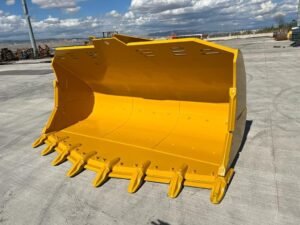
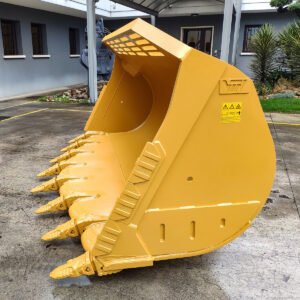
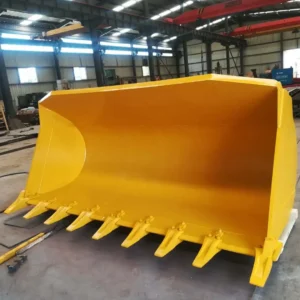
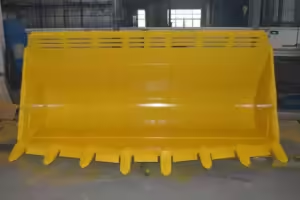
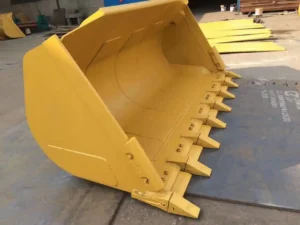
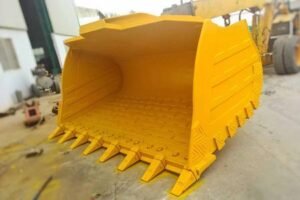
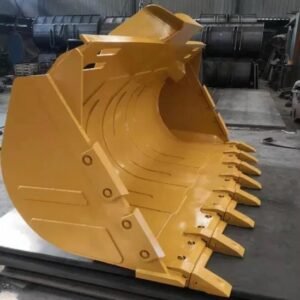
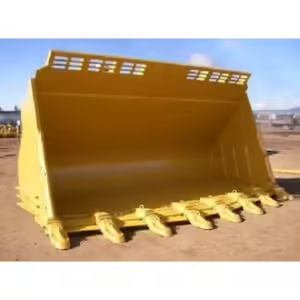
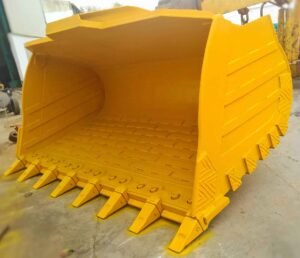
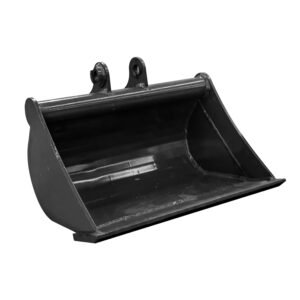
TEAM. All Rights Reserved. Developed by Pixel Tech.